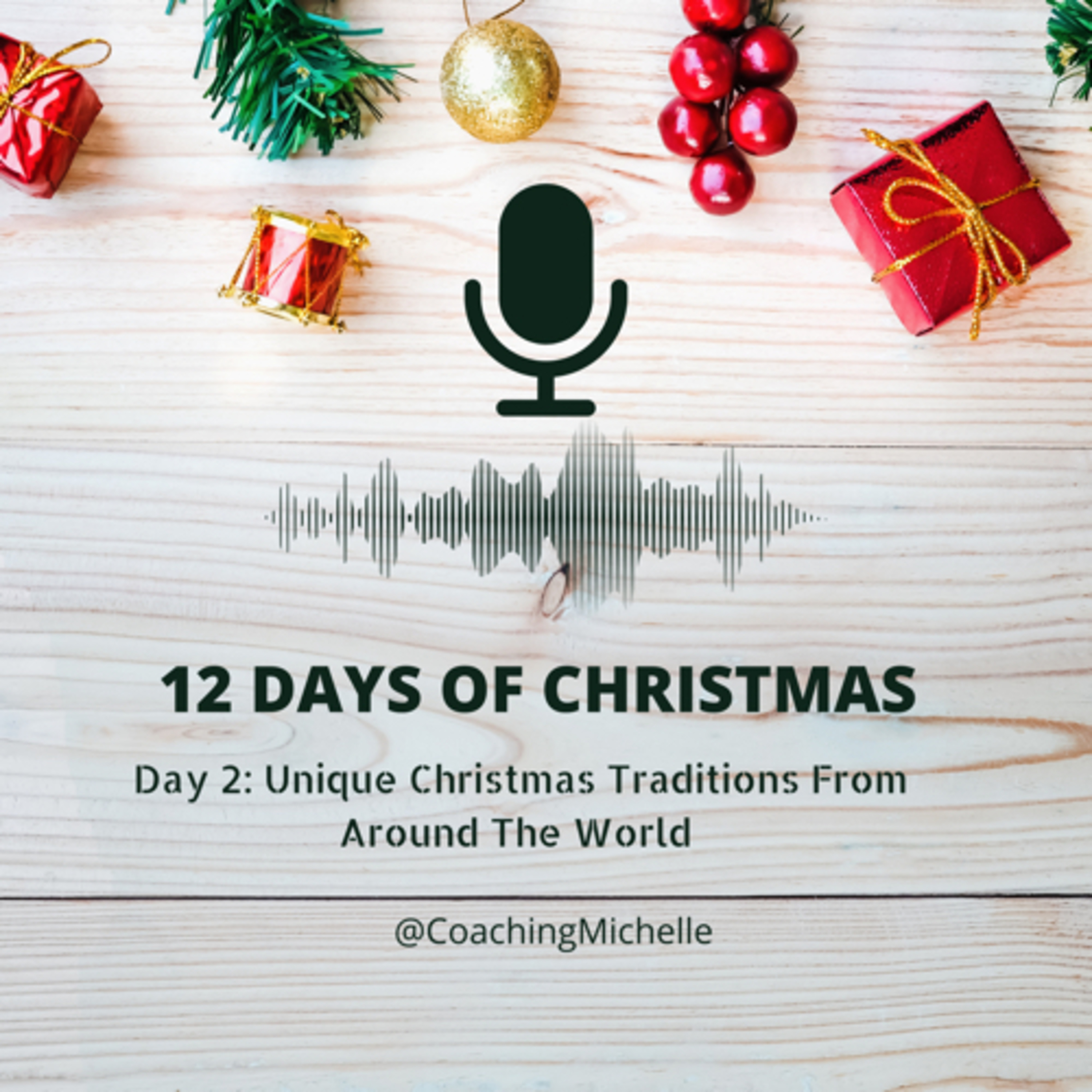Day 2: Unique Christmas Traditions From Around The World

We have a lot of Christmas traditions, in the United States such as: Tree decorating, baking holiday cookies, and opening Christmas presents both on Christmas Eve and Christmas Day; just to name a few. Oh, and let\u2019s not forget watching Hallmark Christmas movies during the month of December. Let\u2019s look at the way other Countries celebrate Christmas:
\nSweden: The Yule Goat has been a Swedish Christmas symbol dating back to ancient pagan festivals.
\nPhilippines: Every year, the city of San Fernando holds what\u2019s known as the Giant Lantern Festival, which features beautiful lanterns that symbolize the Star of Bethlehem.
\nJapan: Christmas isn't a national holiday in Japan. Rather than gathering around the table for a turkey dinner, families head out to their local Kentucky Fried Chicken.
\nIceland: Iceland celebrates what they call 13 days of Christmas.
\nFinland: On Christmas morning, Finish families traditionally eat a porridge made of rice, milk, cinnamon, and/or butter.
\nNew Zealand: Because summer falls during Christmas, a lot of their traditions are centered around a barbeque grill, where families and friends get together and have a casual cookout.
\nDenmark: Today, people decorate their homes with superstitious characters called nisser, who are believed to provide protection.
\nMartinique: Families visit their neighbors during Advent and on New Year's Day, they have holiday food like yams, boudin cr\xe9ole, p\xe2t\xe9s sal\xe9s, and pork stew.
\nNorway: In Norway, the Christmas season, called julebord, begins Dec. 3rd, filling up local bars and restaurants throughout the month.
\nIreland: The Irish leave a tall red candle in a front window overnight, a welcoming symbol of warmth and shelter for the holiday season. Traditional Christmas fare in Ireland often includes homemade roast goose, vegetables, cranberries, and potatoes.
\nBarbados: A Christmas table in Barbados isn't complete without a baked ham decorated with pineapple and sorrel glazes, a rum cake, and Jug Jug, a dish inspired by the Scottish influence on the island combining pigeon peas, guinea corn flour, herbs, and salt meat.
\nPoland: On Christmas Eve in Poland, many families share oplatek (an unleavened religious wafer), each person breaking off a piece as they wish each other Merry Christmas.
\nThe Netherlands: Sinterklaas is the Dutch name for Saint Nicholas, the man recognized by children by his long white beard, red cape, and red miter. Kids put a shoe by the chimney or back door and wake up on Christmas morning to find treats like gingerbread men, marzipan, and chocolate letters inside.
\nPortugal and Brazil: Brazilian and Portuguese families come together on Christmas Eve to eat dinner as late as 10 p.m. Then, at exactly midnight, they exchange gifts, toast, and wish each other a Merry Christmas.
\nAustria: Alpine countries like Austria have a legend that a devil-like creature called Krampus joins their St. Nicholas festivities on December 6th.
\nSouth Africa: While the traditions around South Africa vary by region and culture, most families come together for a cookout, called braaing on the holiday. Marinated steaks and boerewors sausages serve as the main course, followed by a customary dessert of malva pudding served with a custard.
\nUkraine: Orthodox Christians make up nearly 49% of Ukraine's population; they observe Christmas Day on January 7th by dressing in traditional garments and walking through town singing carols.
\nMexico: All across Mexico members of the Church put on Shepherd's Plays, to retell the Christmas story. w
\nSwitzerland: Families make their own advent calendars, which are either given to children as a surprise or made together as a fun activity.
\nEl Salvador: Central American countries like El Salvador toast Christmas with fireworks display on December 24th and 25th. Children celebrate with small firecrackers called volcancitos, while those who are a little older tend to prefer the larger varieties and Roman candles.
\nEnjoy and come back tomorrow for Day 3!
\n